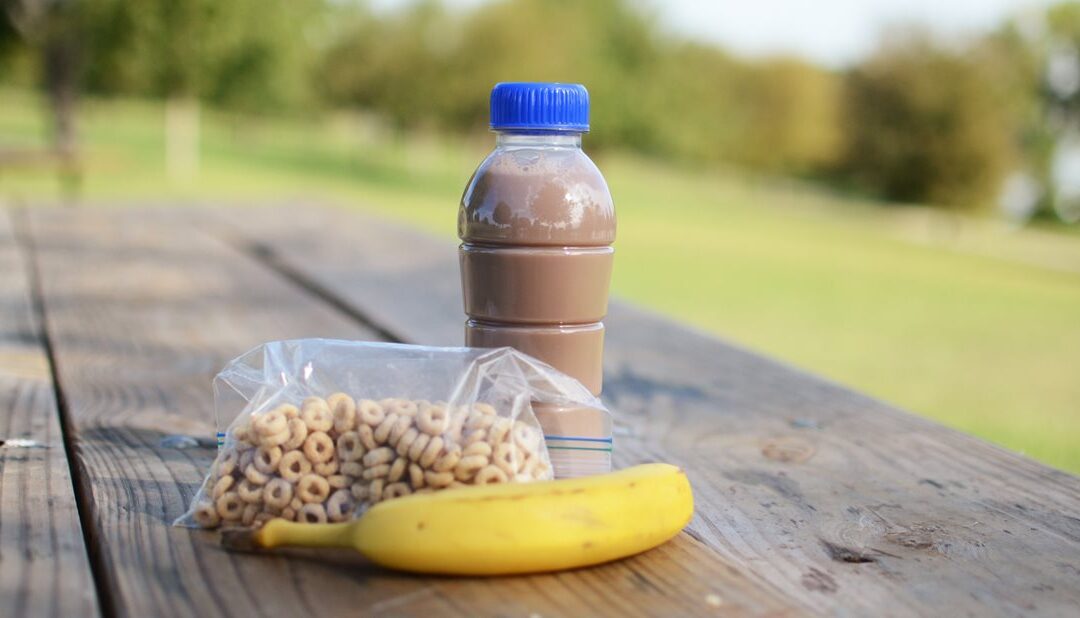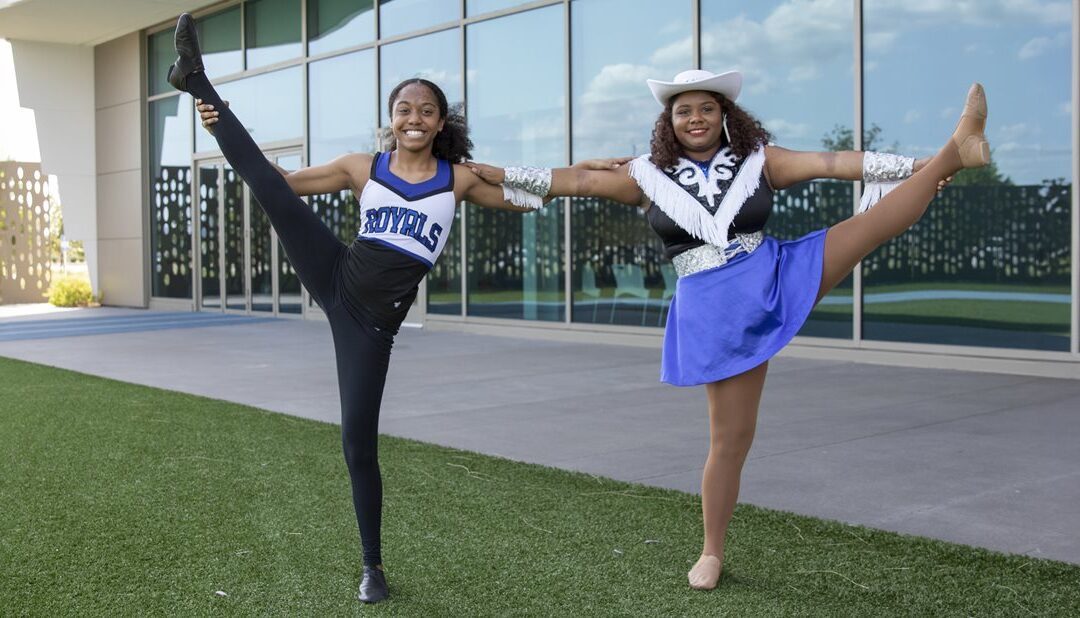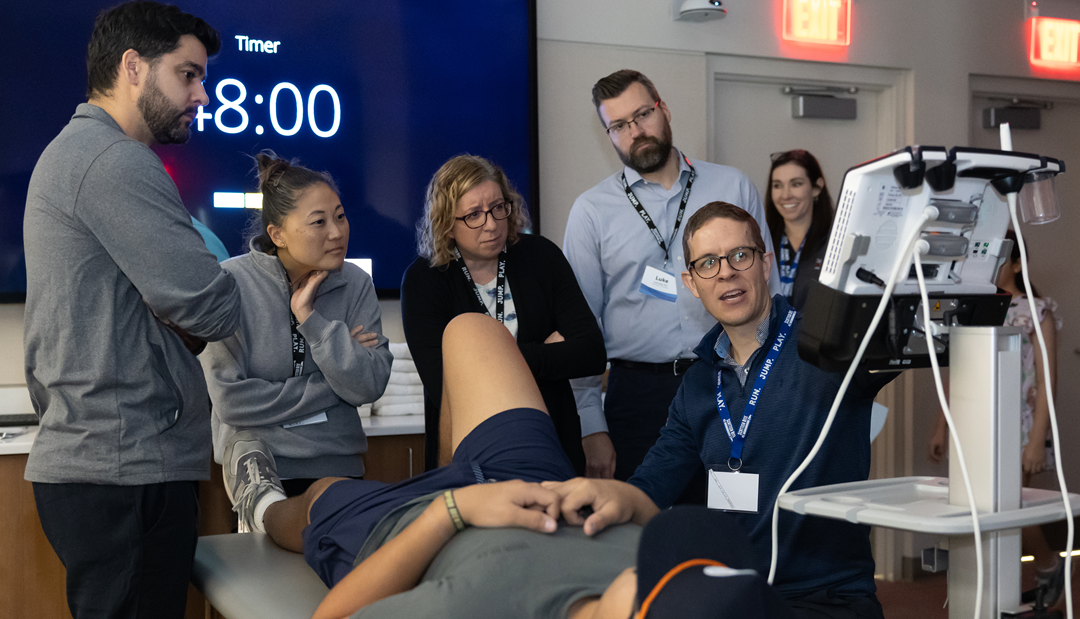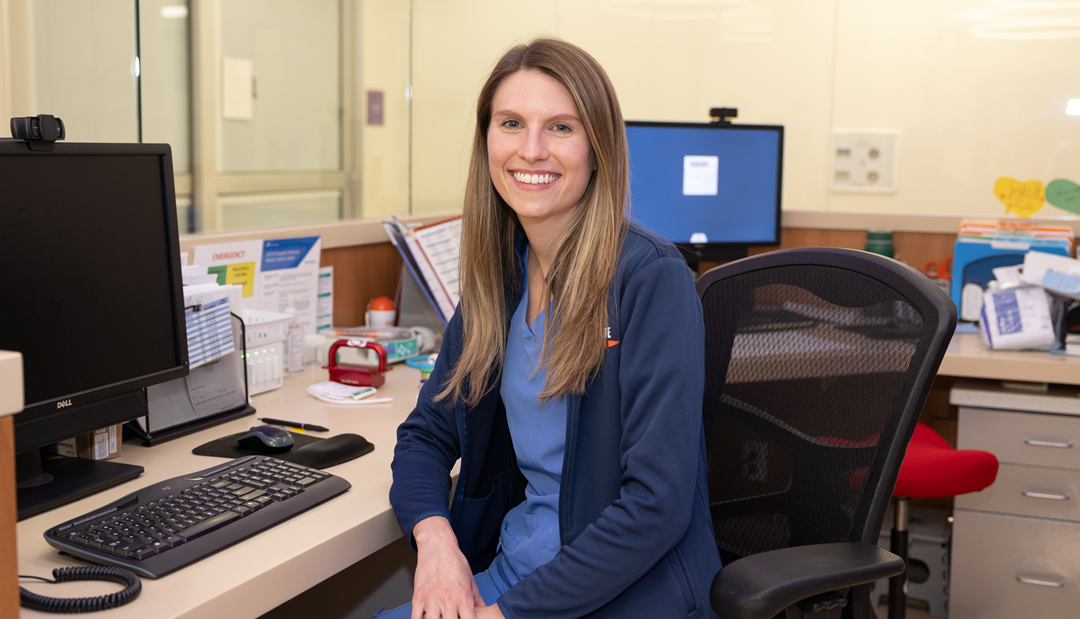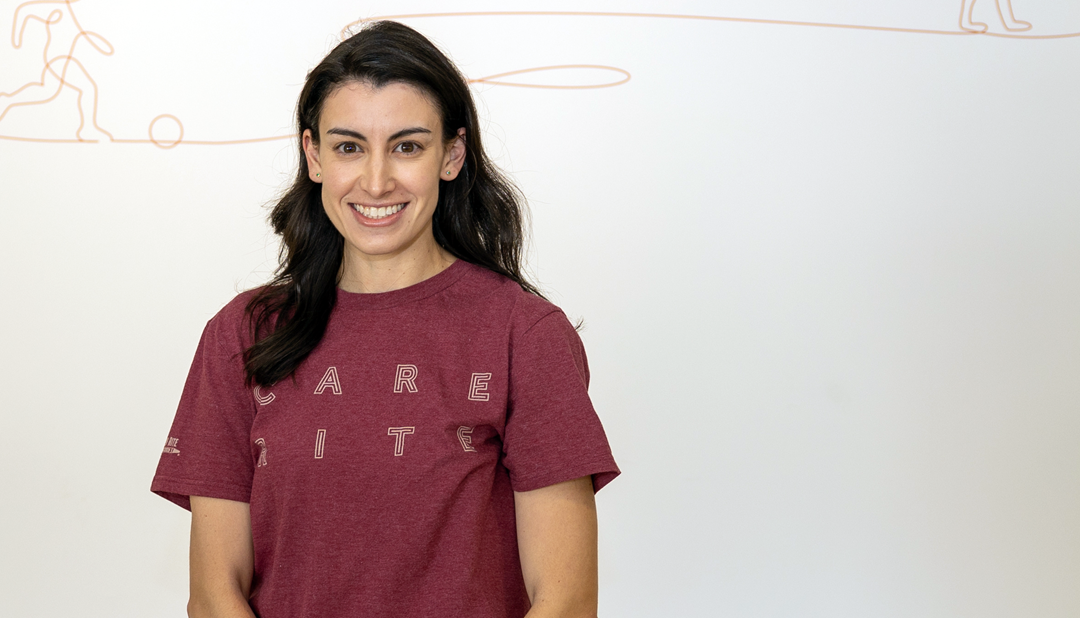
Get to Know our Staff: Lindsay Chiu, EPIC Empower
What is your job title/your role at Scottish Rite for Children?
I am a member of our ambulatory Empower team working on developing build within Epic, our medical records system, to improve workflow and complete ticket requests as well as working alongside our MyChart team.
What do you do on a daily basis or what sort of duties do you have at work?
I work with a variety of departments to improve an individual user or medical team’s use of Epic. I do so by assisting with help desk ticket requests, attending internal as well as external meetings with our Epic support team and working on build support with members of my team. My primary focus has been working alongside Therapy Services at both Dallas and Frisco for a new documentation build.
What was your first job? What path did you take to get here or what led you to Scottish Rite? How long have you worked here?
Throughout high school and college, I worked at several different restaurants as a hostess and/or waitress – my favorite place was a sushi restaurant in college. I attended undergraduate and graduate school at the University of Missouri (MIZ) and then completed my last clinical rotation at Scottish Rite. After passing my boards, I started working as a physical therapist at Scottish Rite in 2015! I was initially part of the Epic build team focusing primarily on Therapy Services while also providing telehealth services. I found that I really enjoyed using my clinical background to assist Scottish Rite team members in a different way. I then transitioned full-time to the Empower team while continuing to assist with Therapy Services and later expanding to other departments as well.
What do you enjoy most about Scottish Rite?
I am very lucky to be a part of this team – I value and enjoy my coworkers, and I learn something new from them every day.
Tell us something about your job that others might not already know?
There is a lot of behind the scenes that goes into build and development within Epic!
Where is the most interesting place you’ve been?
Tokyo.
If you could only eat one meal for the rest of your life, what would it be?
Breakfast tacos from Taco Deli.
If you could go back in time, what year would you travel to?
I am loving this current year – my son just turned 2 and is at a fun age. However, I would probably go back to 2019, as my husband and I took an incredible trip to Tokyo and Thailand that year.
What three items would you take with you on a deserted island?
- Not necessarily an item but my family – couldn’t imagine being on the island without them, and it would no longer be deserted!
- My glasses – a practical answer, but I can’t see without my glasses.
- Lots of snacks.
What’s one fun fact about yourself?
I made it to the state finals of a free throw contest in the fifth grade. Sadly, my basketball skills did not go much further beyond this time.
